 推荐消息更多>>
推荐消息更多>>真空上料机与正压输送系统的技术特性对比分析
- 来源:https://www.sdxinlujx.com/ 日期:2025-05-19 发布人:创始人
在粉体物料输送领域,真空上料机与正压输送系统是两种主流技术方案,二者在原理、性能及应用场景上存在显著差异。本文将从技术特性、适用范围及维护管理三个维度展开对比分析,为相关领域从业人员提供参考。
In the field of powder material conveying, vacuum feeder and positive pressure conveying system are two mainstream technical solutions, and there are significant differences between the two in terms of principles, performance, and application scenarios. This article will conduct a comparative analysis from three dimensions: technical characteristics, scope of application, and maintenance management, providing reference for practitioners in related fields.
一、核心原理与结构差异
1、 Core principles and structural differences
真空上料机基于负压差原理运行,通过真空发生装置在密闭管道内形成负压环境,使物料从吸料口被吸入并输送至指定位置。其典型结构包括真空泵、过滤器、料仓及控制系统,物料在输送过程中完全处于密闭状态。该技术路径的核心优势在于全程无粉尘泄漏,尤其适用于对洁净度要求严苛的场景。
The vacuum feeder operates based on the principle of negative pressure difference, creating a negative pressure environment in a closed pipeline through a vacuum generating device, allowing materials to be sucked in from the suction port and transported to the designated location. Its typical structure includes a vacuum pump, filter, silo, and control system, and the material is completely sealed during transportation. The core advantage of this technology path is that there is no dust leakage throughout the entire process, especially suitable for scenarios with strict cleanliness requirements.
正压输送系统则采用压缩空气或其他气体作为动力源,在管道内形成正压推动物料流动。系统由空压机、储气罐、输送管道及分离装置构成,物料在气流裹挟下实现长距离传输。该技术方案的结构复杂性较高,需配置精密的气流调节装置以维持输送稳定性。
The positive pressure conveying system uses compressed air or other gases as a power source to create positive pressure inside the pipeline to drive the flow of materials. The system consists of an air compressor, an air storage tank, a conveying pipeline, and a separation device. Materials are transported over long distances under the influence of airflow. The structural complexity of this technical solution is high, requiring precise airflow regulation devices to maintain transport stability.
二、性能参数对比
2、 Performance parameter comparison
输送效率与距离
Transportation efficiency and distance
正压输送系统在长距离、大容量场景中表现突出,单管道输送距离可达数百米,且可通过调整气压实现吨级/小时的输送量。真空上料机受限于负压形成机制,常规机型输送距离通常在50米以内,单次输送量相对较小,但可通过多级串联扩展应用范围。
The positive pressure conveying system performs outstandingly in long-distance and large capacity scenarios, with a single pipeline conveying distance of up to hundreds of meters, and can achieve ton level/hour conveying capacity by adjusting the air pressure. The vacuum feeder is limited by the negative pressure formation mechanism, and the conveying distance of conventional models is usually within 50 meters. The single conveying volume is relatively small, but the application range can be expanded through multi-stage series connection.
物料适应性
Material adaptability
真空上料机对物料的物理特性包容性更强,其柔性输送方式可处理易碎、易粘附、含油率高的特殊物料。正压输送系统对物料粒径分布、堆积密度要求较为严格,大块状或高湿度物料易引发管道堵塞。
The vacuum feeder has a stronger tolerance for the physical properties of materials, and its flexible conveying method can handle special materials that are fragile, easy to adhere, and have high oil content. Positive pressure conveying systems have strict requirements for material particle size distribution and packing density, and large or high humidity materials can easily cause pipeline blockage.
能耗与运行成本
Energy consumption and operating costs
真空上料机采用间歇式工作模式,仅在输送阶段消耗能源,单位物料能耗较低。正压输送系统需持续供气以维持管道压力,空压机能耗占比较高,但可通过热能回收装置降低运行成本。
The vacuum feeder adopts an intermittent working mode, which only consumes energy during the conveying stage, resulting in lower energy consumption per unit of material. The positive pressure conveying system requires continuous gas supply to maintain pipeline pressure, and the energy consumption of the air compressor is relatively high. However, operating costs can be reduced through thermal energy recovery devices.
三、应用场景适配性
3、 Application scenario adaptability
洁净生产环境
Clean production environment
在制药、食品及精密电子行业,真空上料机的密闭输送特性可有效避免交叉污染。其配备的高效过滤器可实现0.3微米级粉尘拦截,满足GMP认证要求。正压输送系统需在末端增设除尘装置才能达到同等洁净等级。
In the pharmaceutical, food, and precision electronics industries, the closed conveying characteristics of vacuum feeders can effectively avoid cross contamination. The high-efficiency filter equipped with it can achieve 0.3 micron dust interception, meeting GMP certification requirements. The positive pressure conveying system needs to be equipped with a dust removal device at the end to achieve the same level of cleanliness.
易燃易爆场景
Flammable and explosive scenarios
对于化工、矿物加工领域,真空上料机的负压运行模式可降低粉尘爆炸风险。正压输送系统需采用防爆电机及导静电管道,并严格控制氧气浓度,系统安全性设计更为复杂。
For the fields of chemical and mineral processing, the negative pressure operation mode of vacuum feeders can reduce the risk of dust explosions. The positive pressure conveying system requires the use of explosion-proof motors and static conductive pipelines, and strict control of oxygen concentration, making the system safety design more complex.
空间受限场合
Space limited occasions
真空上料机结构紧凑,可实现垂直、转弯等多维度布局,适合老旧厂房改造项目。正压输送系统需预留充足的气流缓冲空间,管道坡度设计要求严格,空间适应性相对较弱。
The vacuum feeder has a compact structure and can achieve multi-dimensional layouts such as vertical and turning, making it suitable for renovation projects in old factories. The positive pressure conveying system needs to reserve sufficient airflow buffer space, and the pipeline slope design requirements are strict, resulting in relatively weak spatial adaptability.

四、维护管理要点
4、 Key points of maintenance management
真空上料机的维护重点在于过滤器清洁与真空泵保养,常规检查周期为200-400小时。正压输送系统需定期检测管道磨损情况,空压机润滑系统需每500小时更换耗材,维护工作量相对较大。
The maintenance focus of the vacuum feeder is on filter cleaning and vacuum pump maintenance, with a routine inspection cycle of 200-400 hours. The positive pressure conveying system requires regular inspection of pipeline wear, and the air compressor lubrication system requires replacement of consumables every 500 hours, resulting in a relatively large maintenance workload.
两种技术方案在自动化控制方面均已实现突破,可通过传感器网络实时监测流量、压力等参数。真空上料机更易集成到DCS控制系统,而正压输送系统需配置专业的气力输送软件包。
Both technological solutions have achieved breakthroughs in automation control, allowing real-time monitoring of parameters such as flow and pressure through sensor networks. The vacuum feeder is easier to integrate into the DCS control system, while the positive pressure conveying system requires a professional pneumatic conveying software package.
真空上料机与正压输送系统各有技术优势,前者在洁净输送、空间适配及安全性方面表现优异,后者更适合长距离、大容量物料传输。实际选型需综合考量物料特性、工艺要求及投入产出比,通过技术论证确定最优方案。
Vacuum feeding machines and positive pressure conveying systems each have technological advantages. The former performs well in clean conveying, space adaptation, and safety, while the latter is more suitable for long-distance, large capacity material transportation. The actual selection needs to comprehensively consider the material characteristics, process requirements, and input-output ratio, and determine the optimal solution through technical demonstration.
本文由真空上料机友情奉献.更多有关的知识请点击:https://www.sdxinlujx.com我们将会对您提出的疑问进行详细的解答,欢迎您登录网站留言.
This article is a friendly contribution from Roots blower For more information, please click: https://www.sdxinlujx.com We will provide detailed answers to your questions. You are welcome to log in to our website and leave a message
- 上一篇: 带你了解粉煤灰无尘吸灰机气力输送的相关信息
- 下一篇: 旋转供料器气管:气压驱动的物料输送精密调控器
Related news相关新闻
- 2025-10-25磁悬浮鼓风机:节能环保高效的气体输送设备
- 2025-10-24气力输送系统输送时物料易破碎怎么办?
- 2025-10-23旋转供料器在粉体输送中发挥中锁风下料、定量吹送的作用
- 2025-10-22仓泵在气力输送“心脏”中,扮演着重要角色
- 2025-10-21负压气力输送适合输送哪些类型的物料?
- 2025-10-20安全使用高压罗茨鼓风机必须要注意的8个方面
- 2025-10-18三叶罗茨风机经过频繁检修后,整理的常见故障原因和解决方法
- 2025-10-17高压罗茨鼓风机节能省电的方法和运行中的摩擦原因
- 2025-10-16高压罗茨风机 VS 离心风机,区别有哪些?
- 2025-10-15高压罗茨风机的产品介绍和适用场景


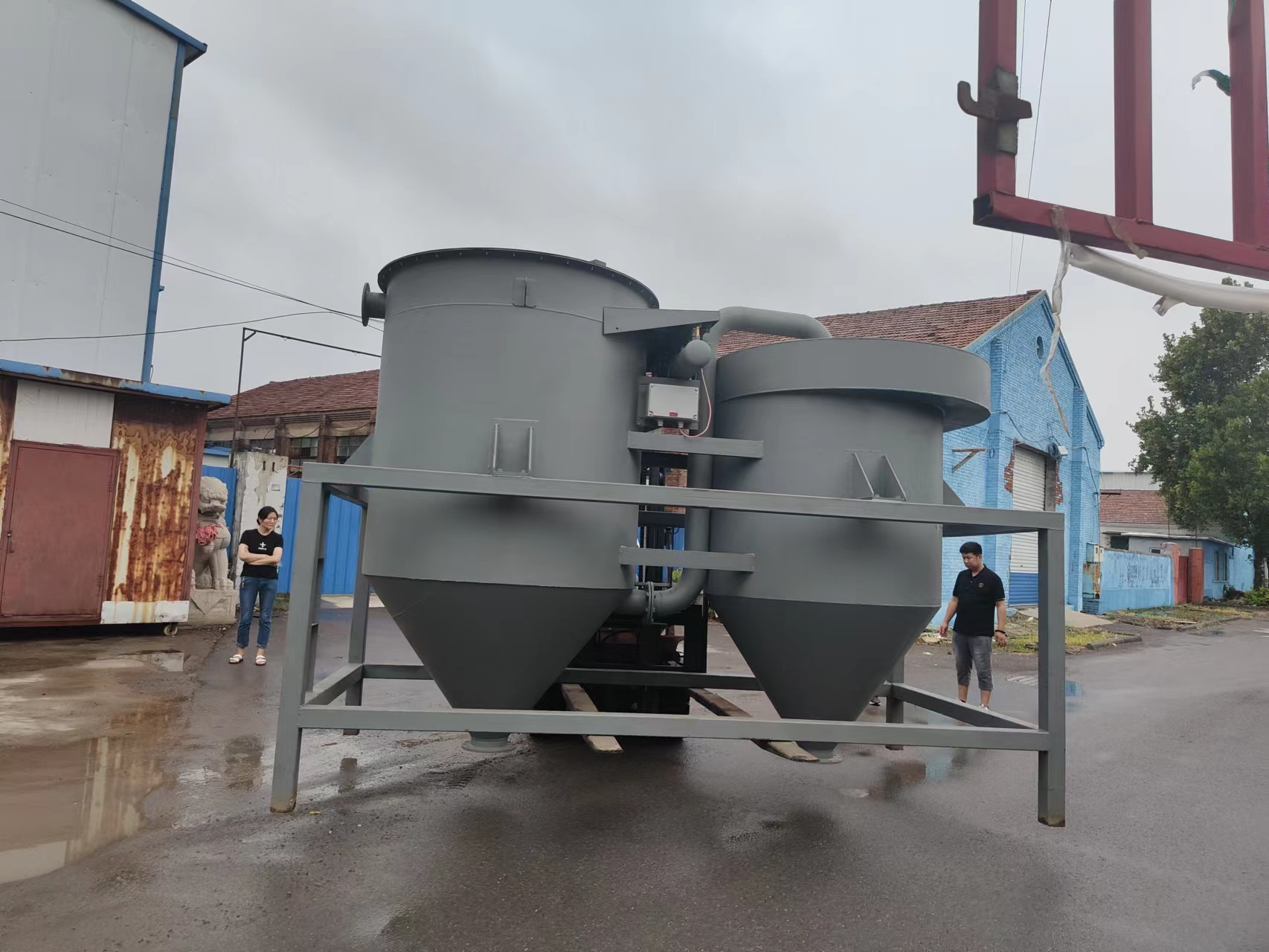
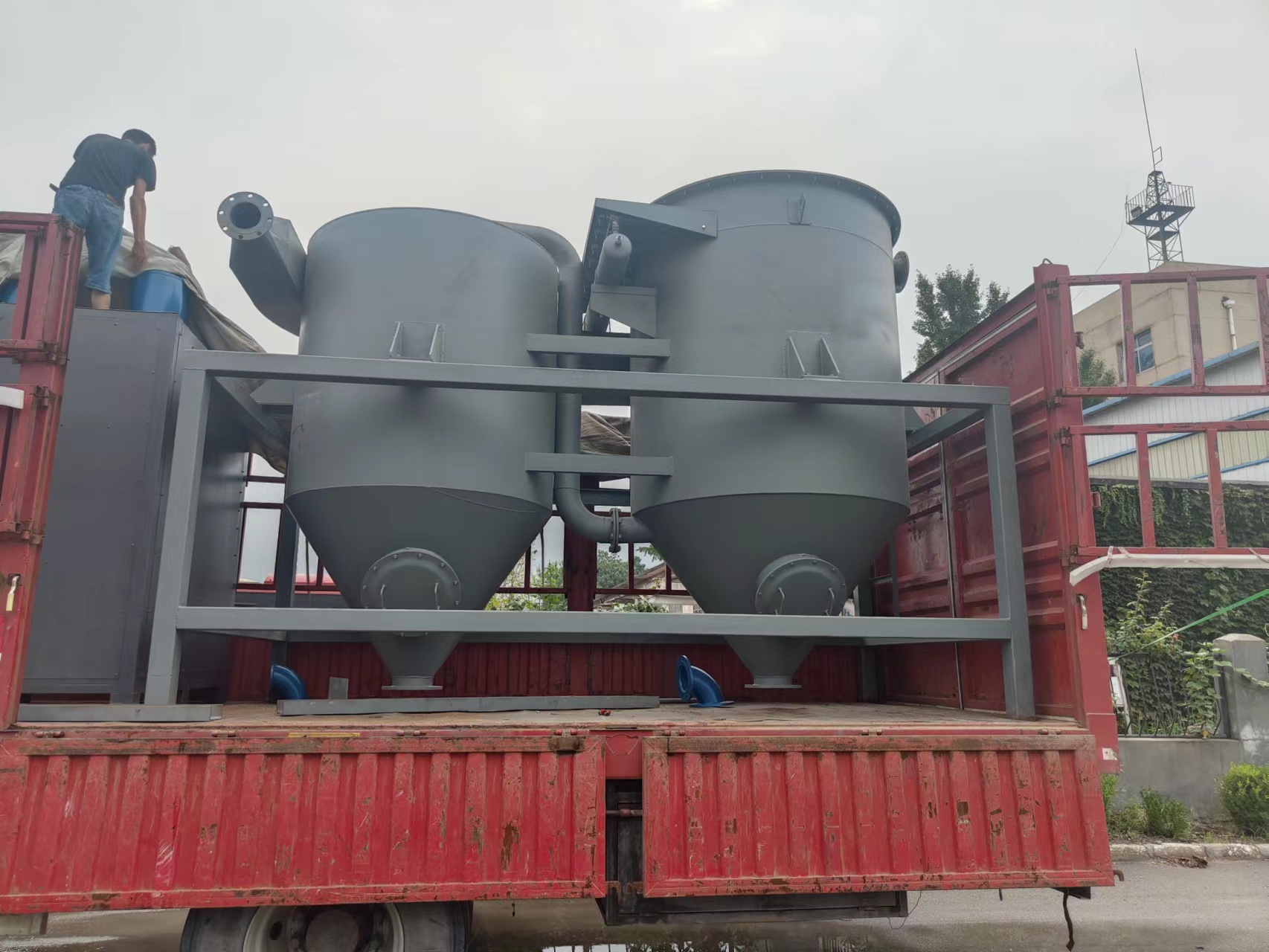
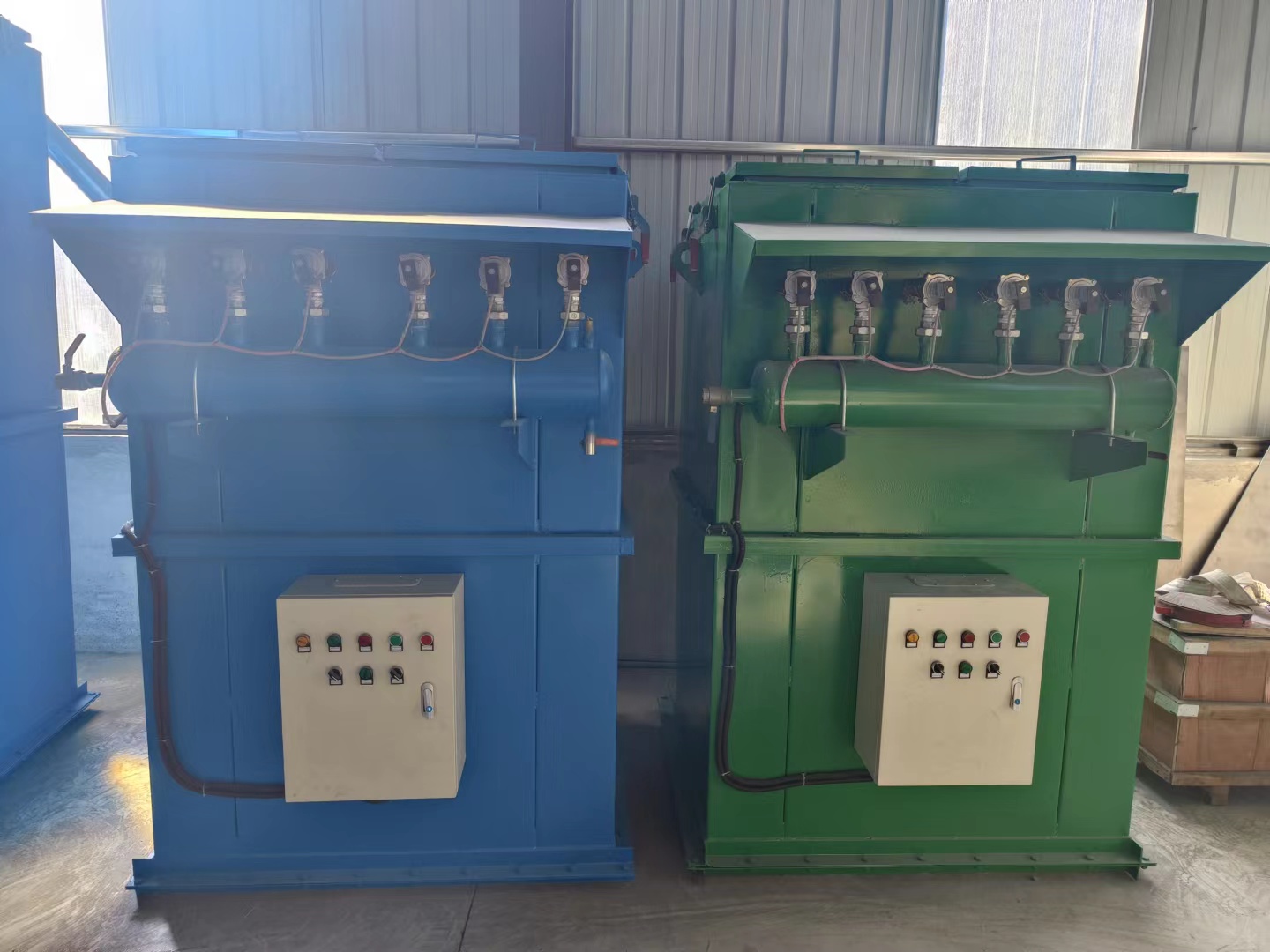
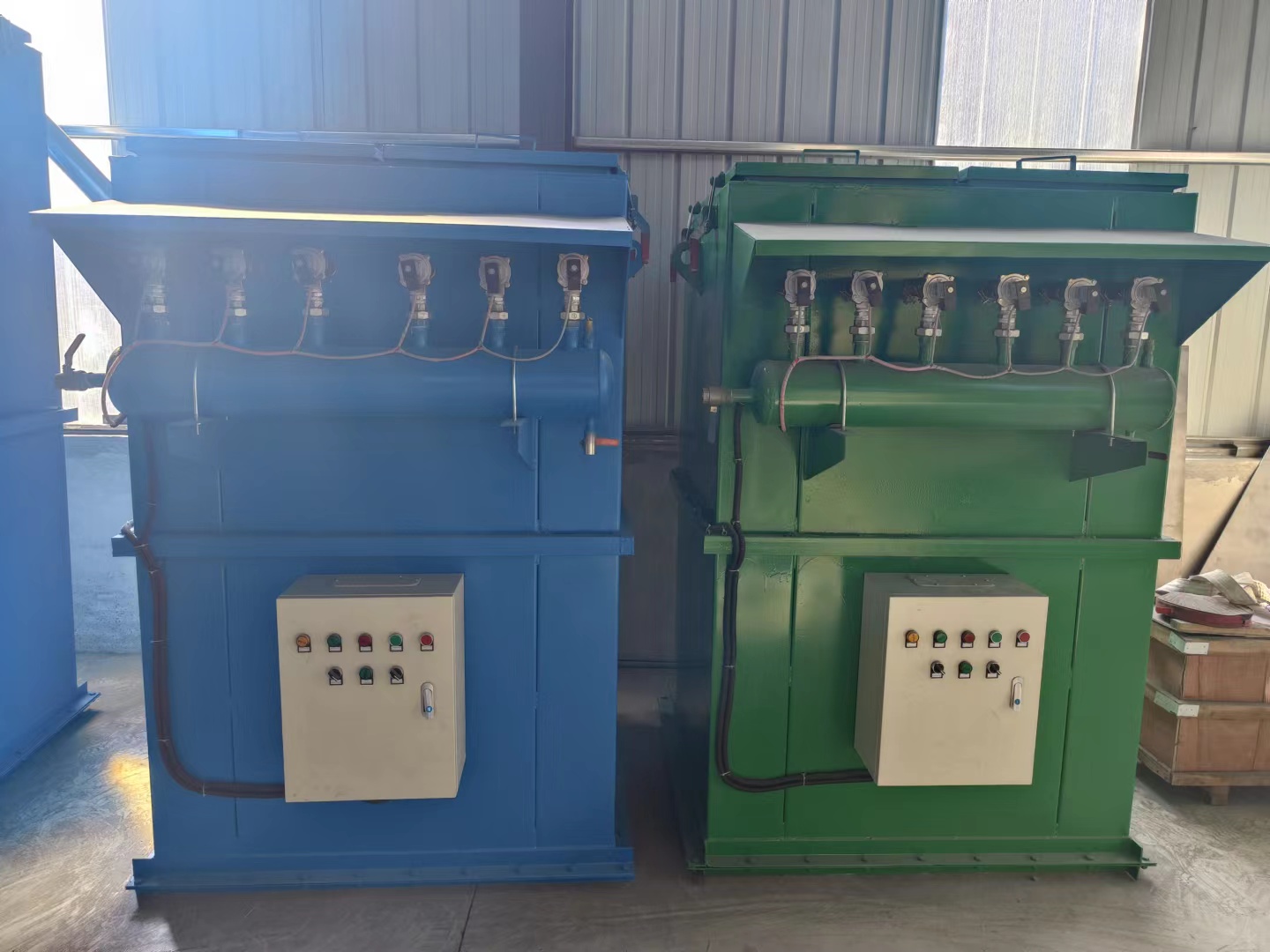
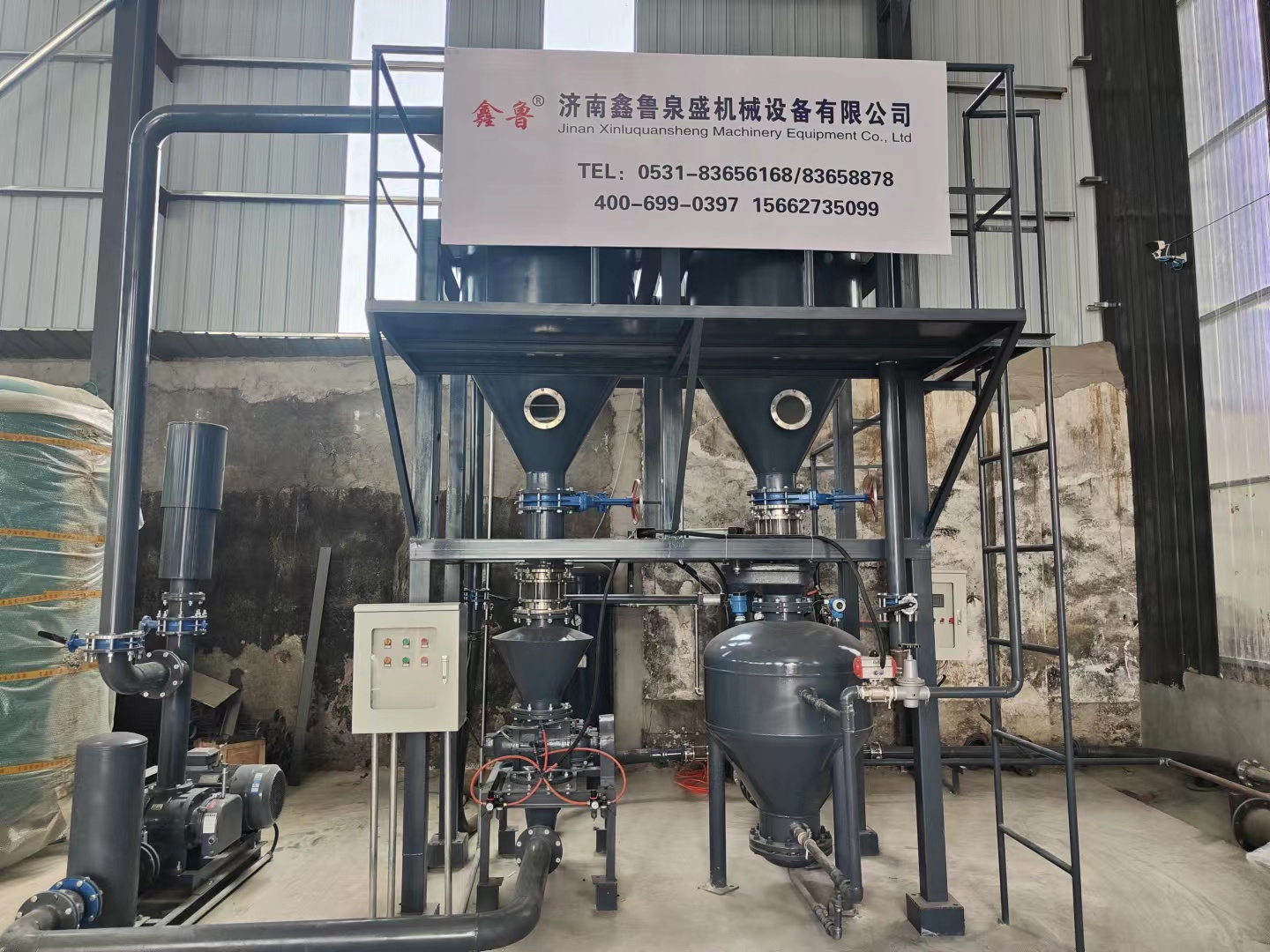
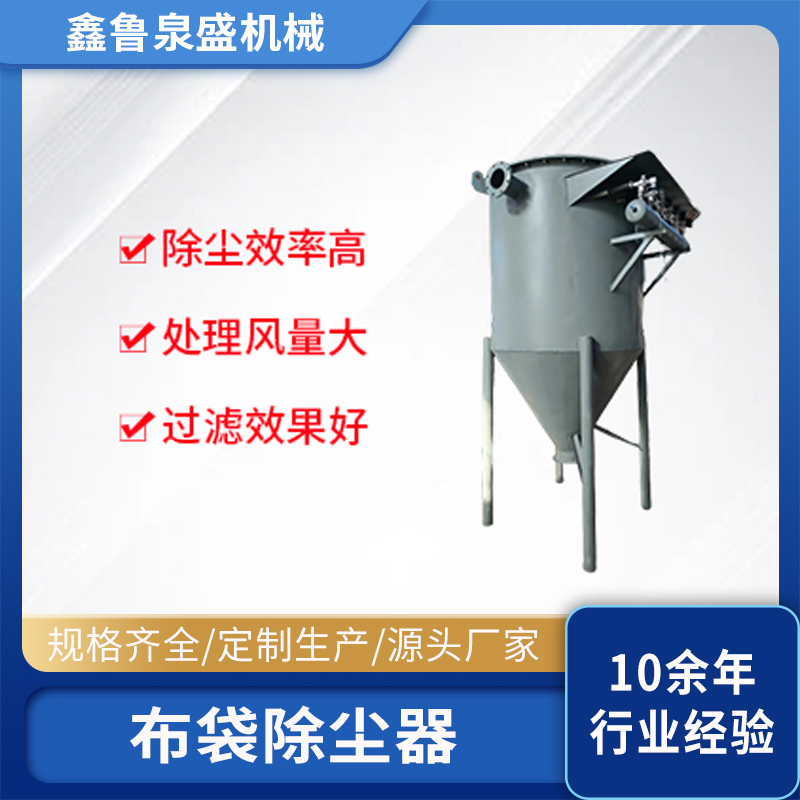
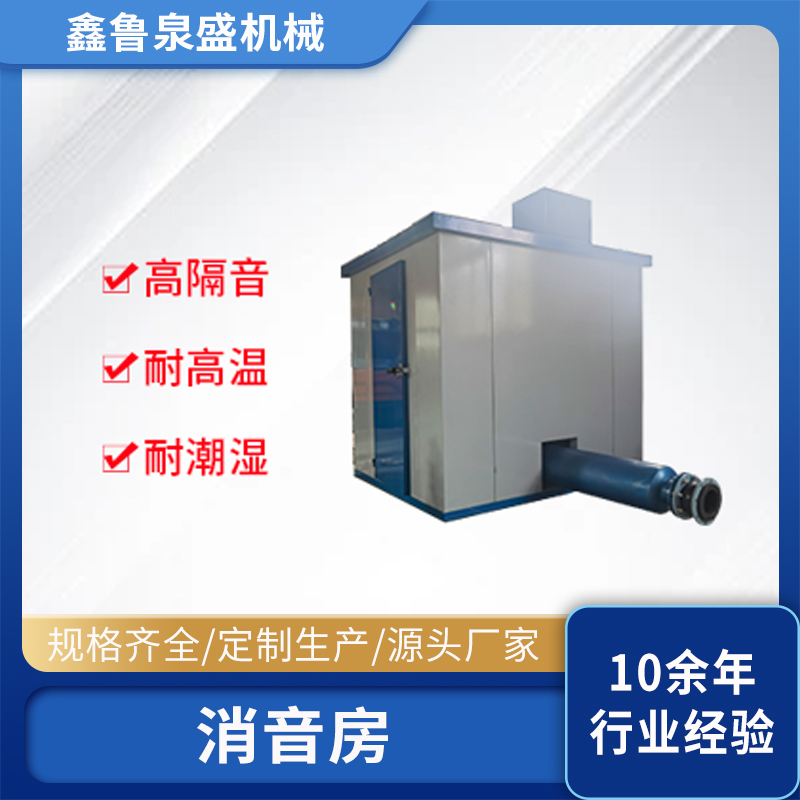
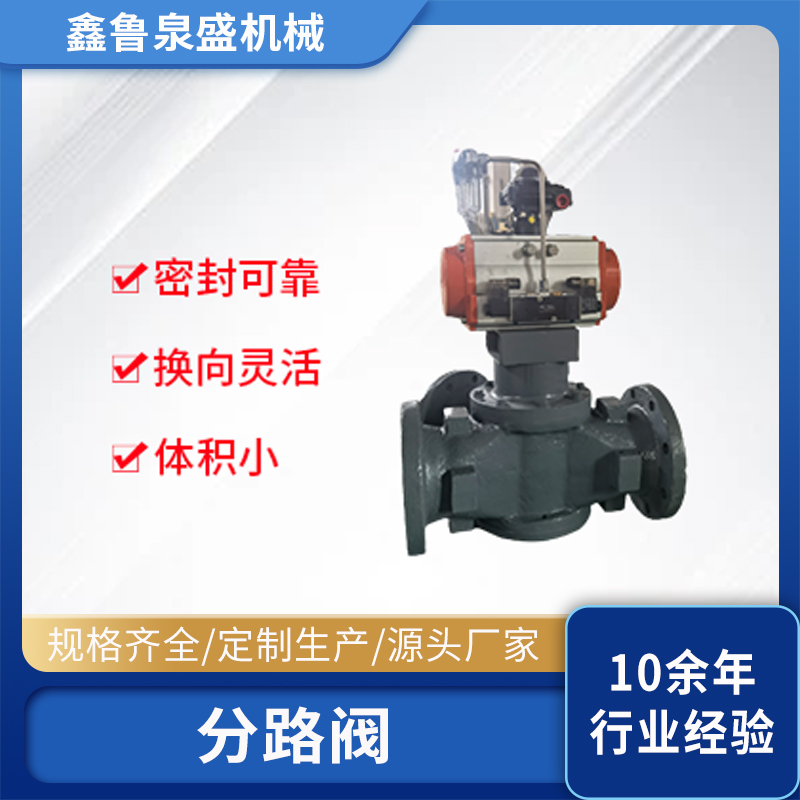
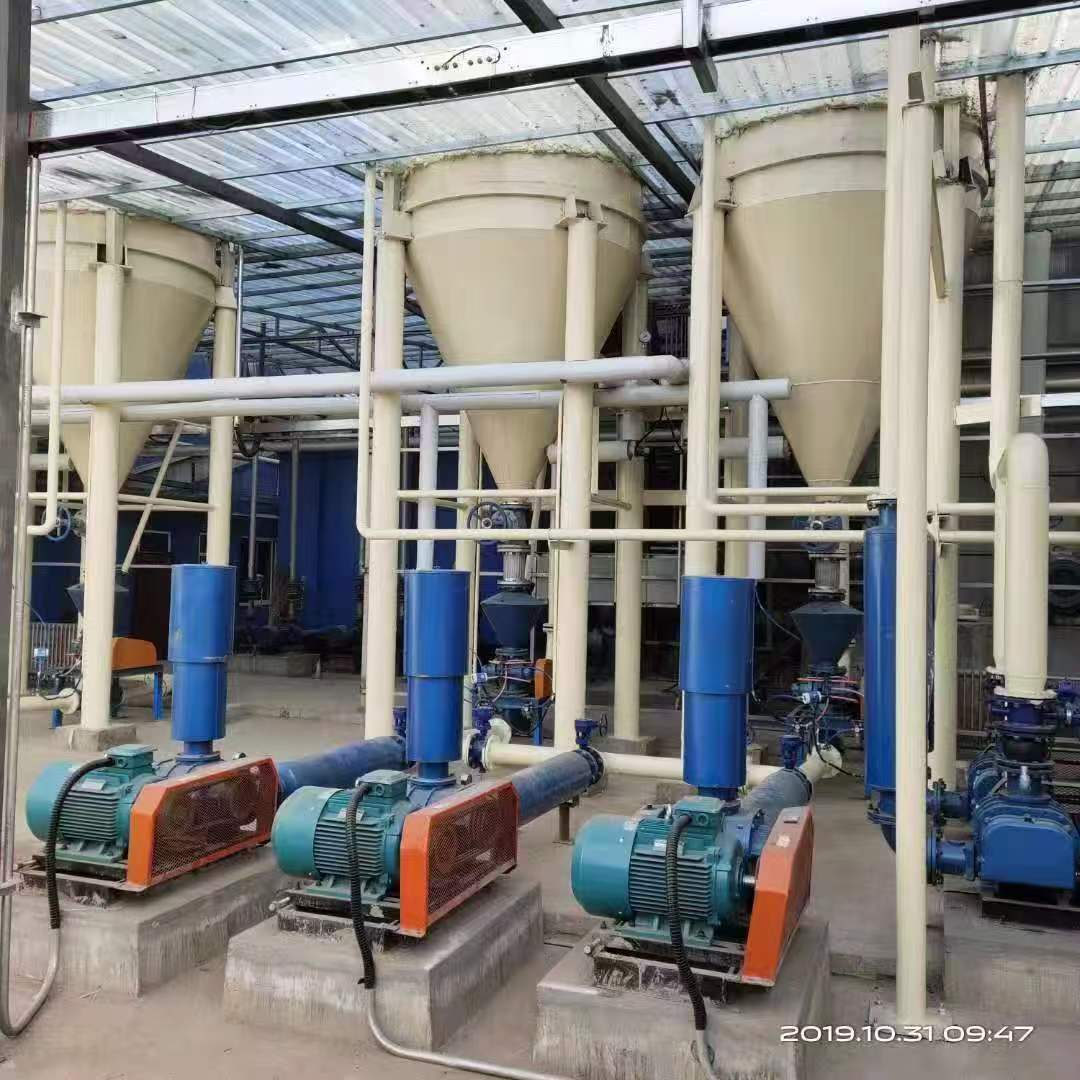
 扫码微信沟通
扫码微信沟通